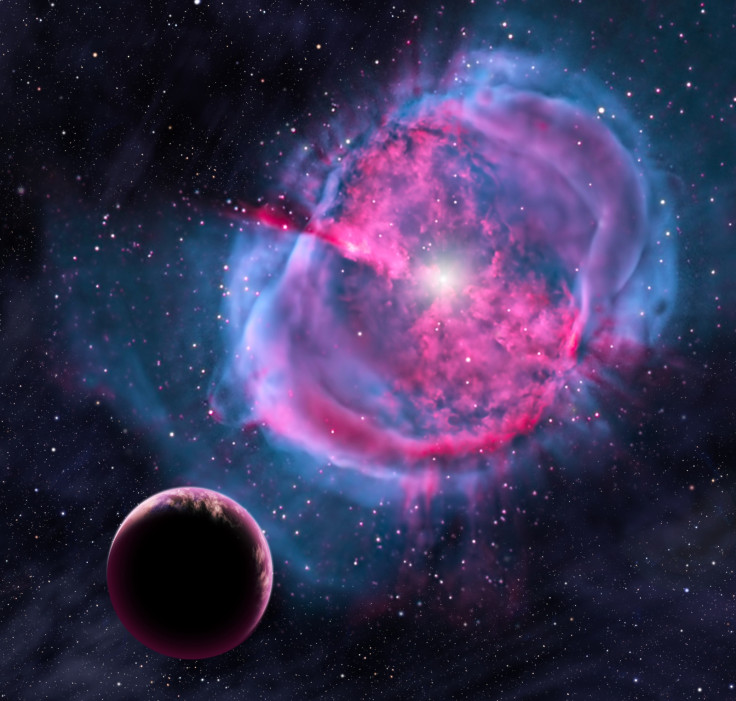Eight Earth-like 'Goldilocks' planets discovered - but contacting alien life 'out of the question'

Two of the best candidates of habitable planets have been discovered by scientists at the Harvard-Smithsonian Center for Astrophysics (CfA).
Kepler-438b and Kepler-442b are two of eight planets located in the "Goldilocks" zone of their stars – where they orbit at a distance where liquid water could potentially exist on the surface.
The discovery of the eight planets doubles the current known small planets (with a diameter less than twice that of Earth) known to exist.
Lead author Guillermo Torres said most of the planets have a good chance of being rocky, like Earth, but that two stand out.
Torres told IBTimes UK: "I would say 442b and 438b are both the best candidates we have so far for being of a size similar to Earth and also in the habitable zone of their parent star. They both have slightly different properties but I would say these two are the best we have so far."
Kepler-438b has a diameter about 12% bigger than Earth and a 70% chance of being rocky. It orbits its star every 35 days and receives 40% more light than Earth does from the Sun. Scientists estimate it has a 70% chance of being habitable.
Kepler-442b orbits its star every 112 days. It is about a third bigger than Earth and has a 60% chance of being rocky. It gets two-thirds as much light as Earth, giving it a 97% chance of being in the habitable zone.
Both planets orbit red dwarf stars that are far smaller and cooler than Earth's sun.
While these two planets are currently our best chance of finding a planet that could host life, we are unlikely to ever find out if they do, Torres said. The closest we are likely to get is determining if they have atmospheres, and if so do the atmospheres have biomarkers – "signatures of gasses that in our planet are produced by biological activity," he explained.
"Twenty years ago we didn't have any knowledge of planets outside our solar system and now we have thousands and we're even talking about studying the atmospheres of many of them.
"Unfortunately these two host stars are very faint – as are most stars observed by the Kepler spacecraft, so we cannot do that at this time based on current technology. But in five to 10 years from now when the new generation of very large telescopes come online, we will have the capability of observing these stars and look for their atmospheres and for biomarkers."
He noted, however, that even if biomarkers are detected, it does not necessarily mean life is present. Some gasses can be produced by inorganic chemical activity, so we will never be sure if either Kepler-438b or Kepler-442b hosts life.
Torres said: "Contacting any supposed civilisations that might be there is probably out of the question in terms of the distance of these stars. One of them is 500 light years away and the other is 1,100, so it would take that long just to send the signal there and another interval equal to that to receive an answer, if they answer at all. Who knows if there will be humans on Earth by then?"
In the meantime, scientists plan to continue searching for planets located in habitable zones – looking particularly for small planet orbiting brighter stars.
Torres said: "Twenty years ago we didn't have any knowledge of planets outside our solar system and now we have thousands and we're even talking about studying the atmospheres of many of them.
"The most interesting ones are the small habitable zone ones, and there are only about a dozen of them known so far so we really have to get a bigger sample ... [But] that is the next breakthrough we will have – the detection of an atmosphere around an Earth-sized planet orbiting a bright star – that's what we're looking forward to."
© Copyright IBTimes 2025. All rights reserved.






















